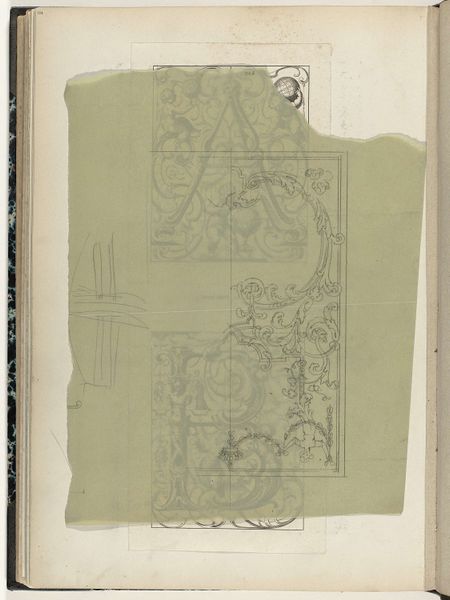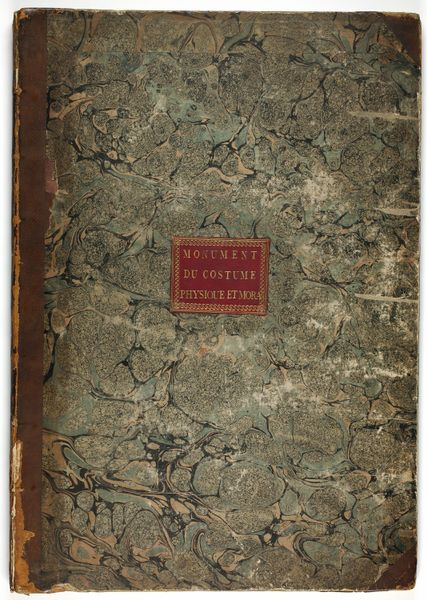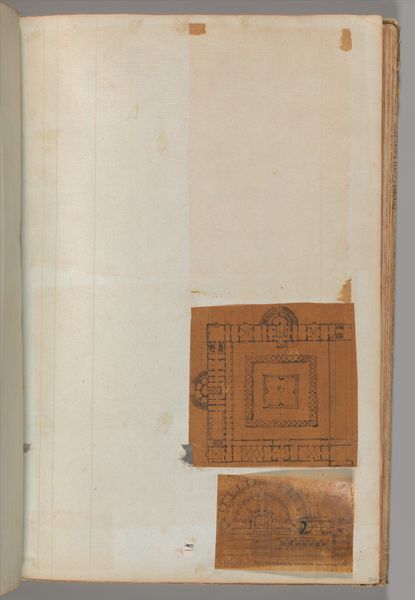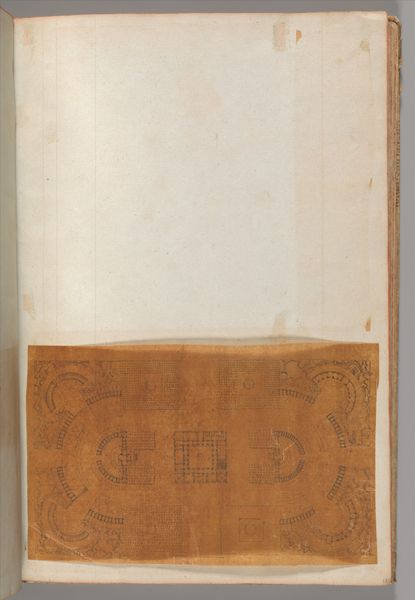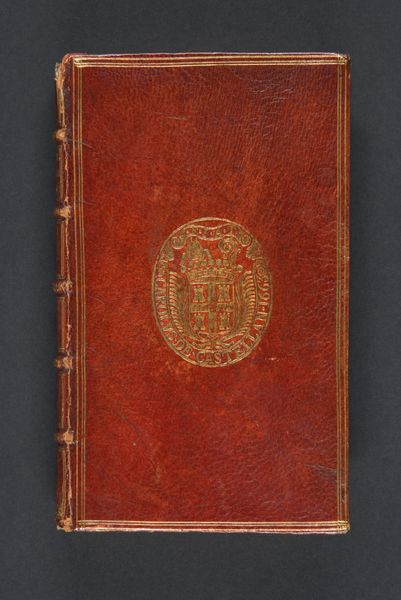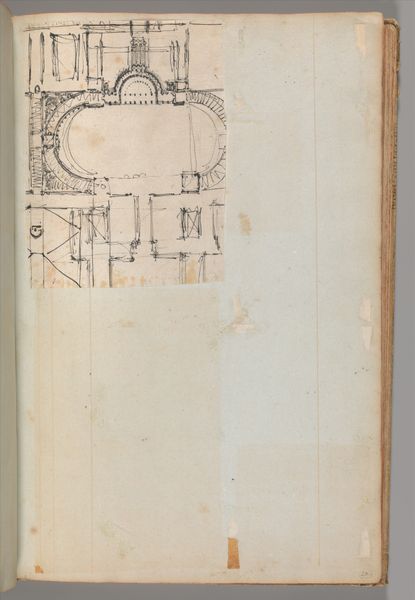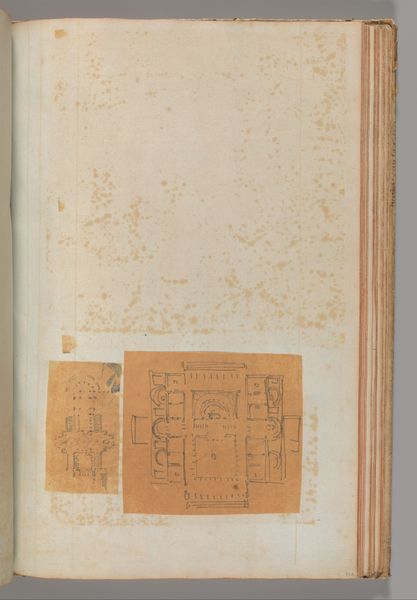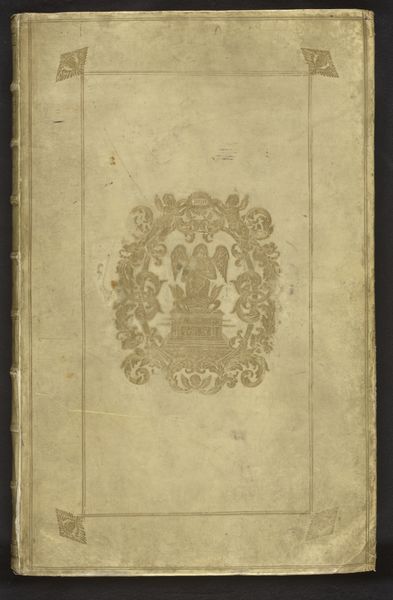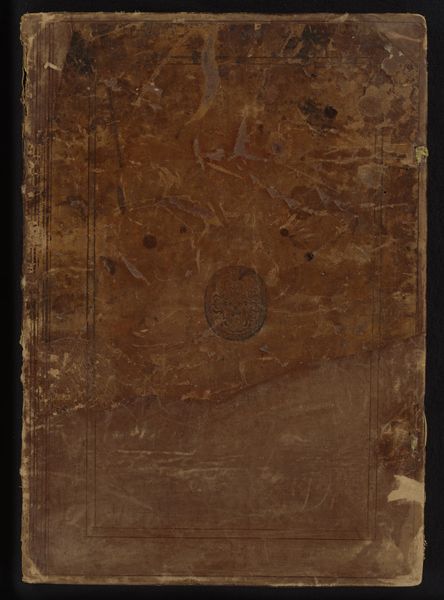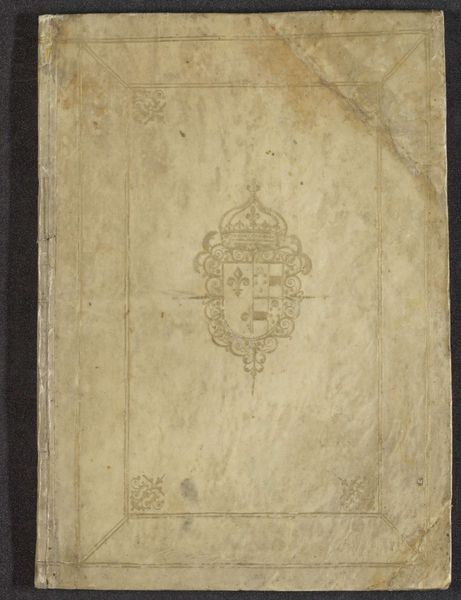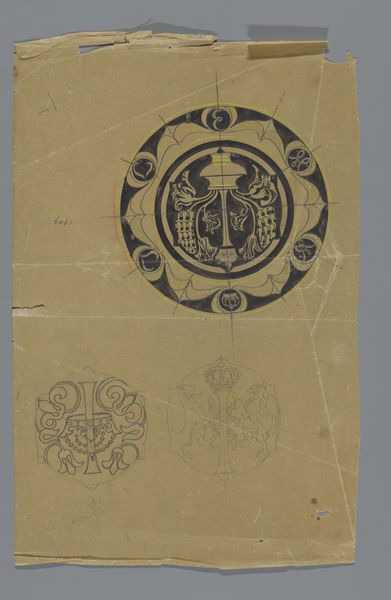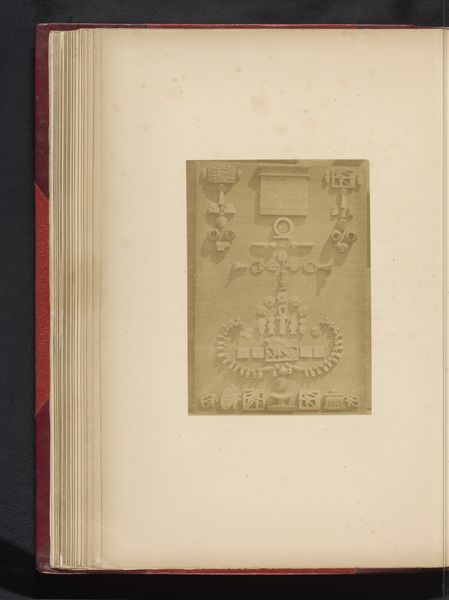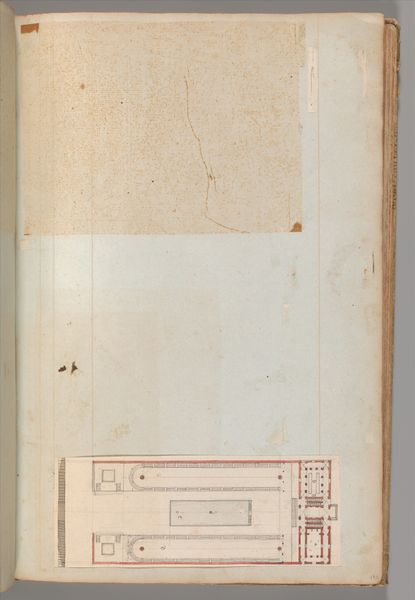
drawing, print, paper, ink
#
drawing
#
dutch-golden-age
# print
#
paper
#
ink
#
coloured pencil
#
cityscape
Dimensions: height 365 mm, width 270 mm, thickness 140 mm, width 520 mm
Copyright: Rijks Museum: Open Domain
Editor: So, this is "Fotoalbum met oude en nieuwe stadsgezichten van Amsterdam," an album of cityscapes from around 1890 to 1900. It’s attributed to an anonymous artist and uses drawing, print, ink and paper, it seems to depict the "then and now" of Amsterdam. What do you see in this piece from your perspective? Curator: What strikes me immediately is the material construction itself, an album produced with reproductive technologies. The images, rendered through printmaking, were clearly intended for wider distribution and consumption, thus playing a vital role in shaping perceptions of Amsterdam's identity during that period. What was the socioeconomic status of people that consumed it? Editor: That's a really good point; I hadn’t thought about that. The title “before and now” is evocative in and of itself. But, I’m unsure about how we should interpret "consumption" as it relates to printed material. What type of consumer were they targeting? Curator: Exactly! Was this geared towards tourists eager to possess visual mementos? Or perhaps aimed at a rising middle class invested in projecting Amsterdam as both a modern capital and historic emblem. What about the ink and paper themselves? These choices reveal something about available resources and market forces at play. How does the Dutch Golden Age style that it is categorized in interplay? Editor: That’s fascinating, connecting artistic style with market demands. The deliberate combination of older and newer cityscapes – as conveyed in drawing, print, ink and paper mediums–suggests this period was very self-aware, in considering how much their city transformed over a century. Curator: Precisely. This work shows the ways visual materials function within circuits of capital. To further interpret we have to ask questions about how was it distributed, sold, or archived, its worth is expanded as both cultural artifact and material object. Editor: I appreciate your emphasizing materials and making the work understandable, this has helped connect the artwork with its place and period. Curator: Absolutely, this perspective offers deeper awareness when regarding artistic intention, its context, as well as its creation as more than aesthetic value.
Comments
No comments
Be the first to comment and join the conversation on the ultimate creative platform.
